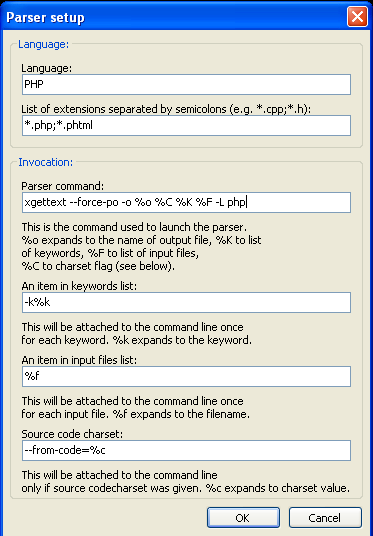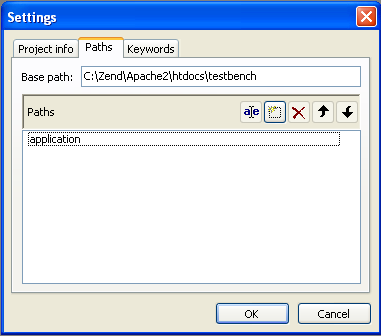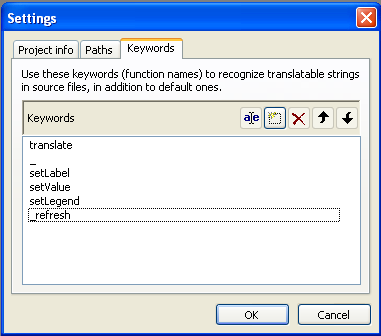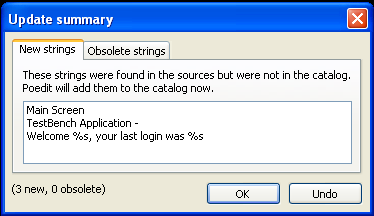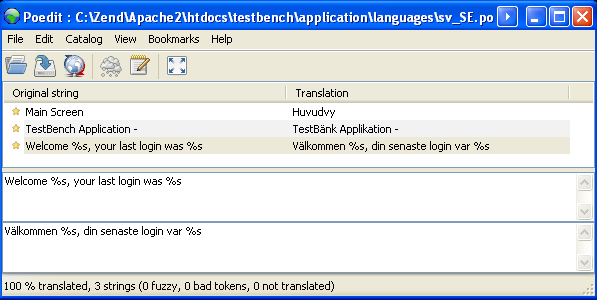To ensure world-class research, energy efficiencies and competitive edge in the global marketplace, Europe needs to evolve current Distributed Computing Infrastructures (DCIs) that encompass new, industrial-quality technologies such as virtualization, service orientation and convergence with the digital world. While grid infrastructures have captured the requirements of several specific communities, smaller and ad-hoc groups with significant applications have struggled to get their requirements satisfied with grid technology because of the inherent complexity and long deployment times (with outcomes not always meeting with success).
Moreover, industry adoption of grid has not taken off as widely as once expected. By contrast, a business case for cloud computing is increasingly gaining consensus in both the public and private sectors and as several standardisation development organisations focus efforts on interoperable solutions for clouds through strategic alliances in which Europe is playing a pro-active role. Furthermore, a recent Expert Group Report on the Future of Cloud Computing produced with the support of the European Commission DG INFSO recommends that the European open source movement should work strongly with industry to support commercial cloud based service provisioning.
A cloud-based e-Infrastructure for eScience, currently missing from Europe’s service portfolio, would ensure a leap forward in the European Research Area by integrating flexible and easy-to-use utility services, complementing current computing services like grids and supercomputers at the hands of researchers and scientists. Value-add needs to come from new business models in a shift away from costly and complex “run-by-scientists-for-scientists” approaches on the one hand and the use of pay on demand on the other. Sustainable growth needs to be addressed by a deeper understanding of policy and legal issues, ensuring cost-effective investment at EU level and interoperability while also fostering new public-private partnerships in the longer term. A new culture of cloud research, “scientific cloud”, and a spirit of entrepreneurship cannot be achieved without the involvement in R&D initiatives of pioneering enterprises with a commitment to industry quality standards and interoperability working alongside research organisations.
Recent developments led by experts in industry and research would help to gain efficiencies and make savings by optimising resource utilisation, reliability, energy efficiency and maintenance costs, all key objectives highlighted by EU policy bodies. This new approach focuses on the provisioning, operation and user-testing of an industrial quality, virtualised e-Infrastructure in the form of a cloud computing service platform, open for usage by the research and scientific community and tested by major categories of scientific and industrial communities across disciplines and sectors important to Europe. The aims of these new developments are to broaden inter-disciplinary scientific collaboration in Europe, ensure co-ordinated, strengthened and focused software deployments, improve the usability of DCI platforms targeting the largest possible base across a range of fields in science and engineering, and advance exploitation in the rapidly changing hardware environments through appropriate software developments.
This novel component in the e-Infrastructure ecosystem would help expand existing Distributed Computing Infrastructures (DCIs) serving eScience by ensuring easy access to virtually “infinite” resources and high mobility while hiding the complexity of set-up, maintenance and communication from users and reducing the length and costs of application porting through automation, as well as overcoming the need for in-depth knowledge of ICT technologies. Economies of scale will be achieved by optimising resources, reducing operational costs, especially energy costs, where savings are crucial for sustainability.
An ideal approach could be based on both open source and commercial solutions, combining the best of both worlds. Users would be enabled through access to a commercial multi-layer solution including compute and storage power, a development environment and immediate services, while advances in open source would also be ensured through community contributions to extend the capabilities of current DCIs and support efforts towards interoperability and portability.
Open source initiatives would be leveraged to pave the ground for interoperability. A good case in point is the Zend Framework project, which has invited the open source community and software vendors to participate in the formation of a Simple Cloud API. IBM, Microsoft, Rackspace, Nirvanix and GoGrid have already joined the project as contributors. In coming months, they will work together to define APIs for these cloud application services, enabling a generation of cloud native applications written in PHP . The Simple Cloud API is an open source project that makes it easier for developers to use cloud application services by abstracting insignificant API differences. One of the design goals of the project is to encourage innovation. To this end, the Simple Cloud API can be used for common operations while users can easily drop down to vendor libraries to access value-add features. One example of this is Microsoft Azure, which now also supports the full Java stack including open source tools such as the Apache web server, working towards interoperability.
But it doesn’t stop here. A cost and energy efficient on-demand environment has much potential to support incubators, industrial clusters and scientific parks, which are central to Europe’s economic strength, particularly in terms of high value-added categories like ICT, Biotechnology and Pharmaceuticals and R&D across diverse sectors. What’s more, such a solution would enable SME and small research labs by bringing the value-add needed to compete with the larger organisations that currently dominate the pharmaceutical landscape.
Significantly, such an approach meets with all four additional recommendations of the EC’s Expert Group Report for the future of cloud computing, that is, the need for large-scale research and experimentation test beds; developing joint programmes encouraging expert collaboration groups with industrial and public stakeholders; supporting the development of cloud interoperation standards and open source reference implementation and European leadership position in software through commercially relevant open source approaches. The time has come for Europe to tap into the expertise that will help make this happen, opening up strategic opportunities for a new scientific cloud that brings interoperability and innovation into sharp relief.
—–
Source: Trust-IT Services Ltd.
via HPCwire: Towards an Interoperable Scientific Cloud for Europe.

